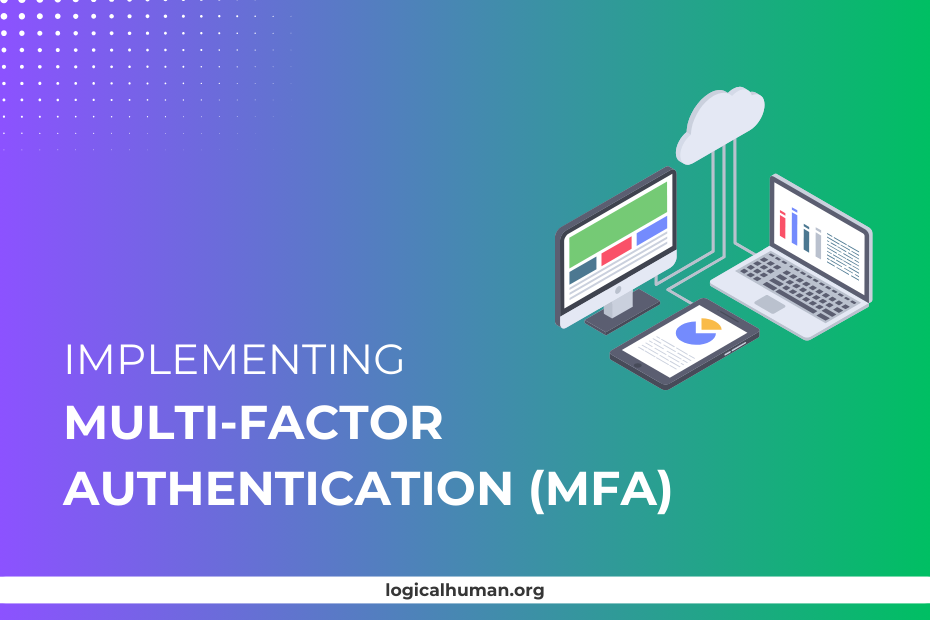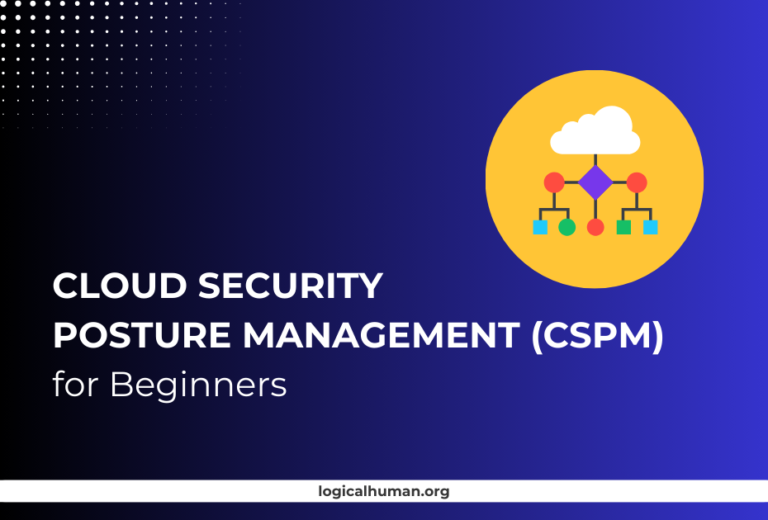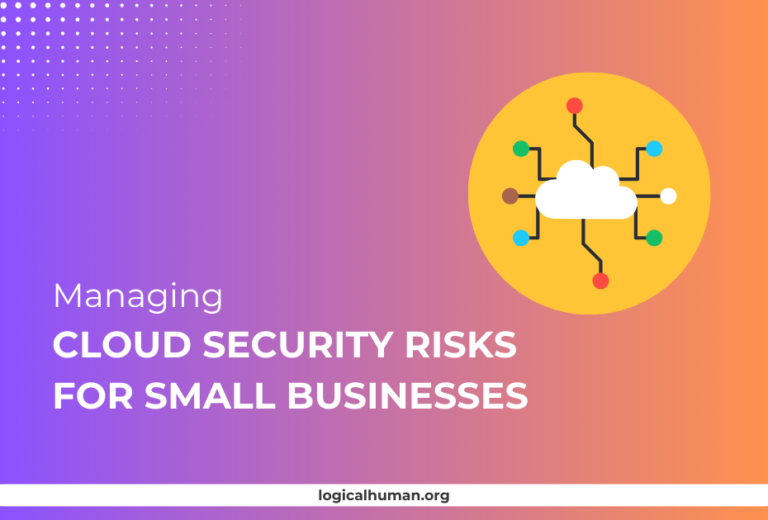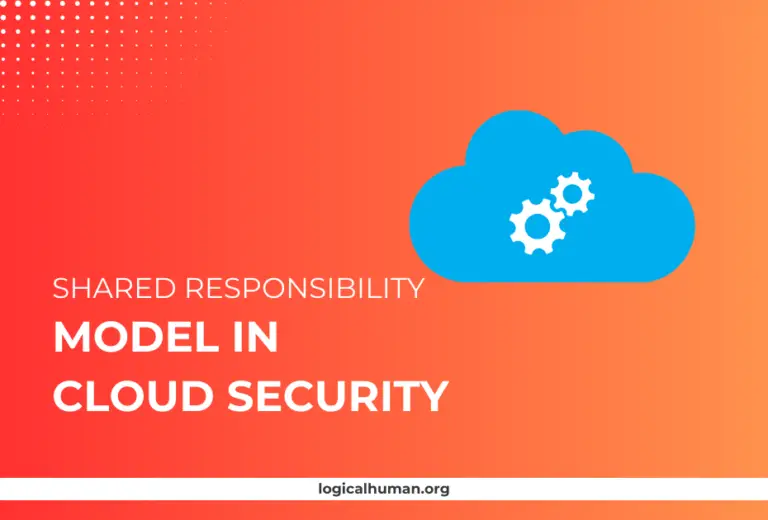In a world where cyber threats are becoming increasingly sophisticated, protecting your cloud infrastructure is more critical than ever. One powerful tool in the cybersecurity toolkit is Multi-Factor Authentication (MFA). By requiring users to provide multiple forms of verification before accessing cloud resources, MFA significantly enhances security. But how does MFA work, and why is it so important for cloud environments? Let’s dive into the details.
What is Multi-Factor Authentication (MFA)?
Multi-Factor Authentication, or MFA, is a security mechanism that requires users to provide more than one method of authentication to verify their identity. This typically involves a combination of something you know (like a password), something you have (like a smartphone), and something you are (like a fingerprint). Unlike traditional single-factor authentication, which only requires a password, MFA adds an extra layer of protection, making it much harder for unauthorized users to gain access.
Why is MFA Important for Cloud Security?
The cloud is a treasure trove of sensitive data and critical business applications, making it a prime target for cybercriminals. Implementing MFA is crucial for several reasons:
- Protecting Sensitive Data: With MFA, even if a malicious actor obtains your password, they won’t be able to access your data without the additional authentication factors.
- Preventing Unauthorized Access: MFA reduces the likelihood of unauthorized users gaining access to your cloud resources, protecting your business from costly security breaches.
- Reducing the Risk of Data Breaches: By adding an additional security layer, MFA minimizes the risk of data breaches caused by compromised credentials.
How Does MFA Work?
MFA works by combining different types of authentication factors to verify a user’s identity. These factors are typically categorized into three groups:
- Something You Know: This could be a password, PIN, or answer to a security question.
- Something You Have: Examples include a mobile device, hardware token, or smart card.
- Something You Are: This refers to biometric data such as fingerprints, facial recognition, or voice patterns.
When you log into a cloud service using MFA, you’re asked to provide two or more of these factors. For example, you might enter your password (something you know) and then receive a verification code on your phone (something you have).
Different Types of MFA Methods
SMS-Based MFA
With SMS-based MFA, a one-time code is sent to the user’s mobile phone via text message. While this method is widely used and easy to implement, it has security vulnerabilities, such as SIM swapping and interception.
App-Based Authentication
This method involves using an app like Google Authenticator or Microsoft Authenticator to generate time-based one-time passwords (TOTPs). It’s more secure than SMS-based MFA because it doesn’t rely on phone carriers.
Biometric Authentication
Biometric methods use unique physical characteristics—such as fingerprints, facial recognition, or voice recognition—to verify identity. This is one of the most secure forms of MFA, but it can be expensive to implement and may raise privacy concerns.
Hardware Tokens
Hardware tokens are physical devices that generate or display authentication codes. They offer high security but can be inconvenient if lost or damaged.
| MFA Method | Security Level | User Convenience | Cost | Typical Use Cases |
|---|---|---|---|---|
| SMS-Based MFA | Moderate | High | Low | Personal accounts, Small businesses |
| App-Based Authentication | High | Moderate | Low | Corporate accounts, Remote workforce |
| Biometric Authentication | Very High | High | High | Secure facilities, Healthcare, Finance |
| Hardware Tokens | Low | High | Low | High-security environments, Admin accounts |
| Email-Based MFA | Very High | Very High | Variable | Basic security, Legacy systems |
Benefits of Implementing MFA in the Cloud
Implementing MFA offers numerous benefits, including:
- Enhanced Security: By requiring multiple forms of authentication, MFA makes it much harder for attackers to gain access, even if they have your password.
- Compliance with Regulations: Many regulations and standards, such as GDPR and HIPAA, require the use of MFA to protect sensitive data.
- Improved User Accountability: MFA helps track who accessed what and when, providing better visibility into user activity.
Challenges of Implementing MFA
While MFA is highly effective, it’s not without challenges:
- User Resistance and Convenience Issues: Some users find MFA inconvenient and may resist using it, especially if it disrupts their workflow.
- Integration with Legacy Systems: Older systems may not support modern MFA methods, making implementation difficult.
- Cost Considerations: Depending on the method chosen, implementing MFA can be expensive, particularly for small businesses.
Step-by-Step Guide to Implementing MFA for Cloud
Implementing MFA in your cloud environment involves several steps:
Assess Security Needs and Risks
Start by identifying which resources are most critical and what risks your organization faces. This will help you choose the right MFA method and coverage.
Choose the Right MFA Method
Select an MFA method that balances security and user convenience. For high-risk environments, consider using biometric or hardware token-based MFA.
Integrate MFA with Cloud Services
Ensure that your cloud services support the chosen MFA method. Most major cloud providers like AWS, Azure, and Google Cloud offer built-in MFA options.
Train Users and Staff
Educate your users on the importance of MFA and provide training on how to use it effectively. This will help reduce resistance and ensure smooth implementation.
Monitor and Maintain MFA Systems
Regularly review and update your MFA configurations. Monitor for any suspicious activity or issues with MFA systems to maintain a robust security posture.
Best Practices for MFA Implementation in the Cloud
- Use MFA for All Cloud Accounts: Don’t limit MFA to administrators; apply it to all users to protect against account compromise.
- Implement Conditional Access Policies: Set policies that require MFA only under certain conditions, such as when accessing sensitive data or from an unfamiliar location.
- Regularly Update MFA Methods: Keep your MFA methods up-to-date to protect against emerging threats.
MFA and Compliance Requirements
Implementing MFA can help you meet various compliance requirements, including:
- GDPR: MFA helps secure personal data, reducing the risk of breaches and compliance penalties.
- HIPAA: For healthcare organizations, MFA is crucial for protecting patient data and ensuring audit readiness.
MFA for Remote Work and BYOD Policies
With remote work and Bring Your Own Device (BYOD) policies becoming more common, securing access to cloud resources is more challenging than ever. MFA can help by:
- Securing Remote Access: Ensure that remote workers are who they say they are by requiring MFA for all cloud access.
- Protecting Against Device Theft and Loss: If a device is lost or stolen, MFA can prevent unauthorized access to sensitive data.
Case Studies: Successful MFA Implementations
Example 1: Large Enterprise Case Study
A large financial institution implemented biometric MFA across its cloud infrastructure. This not only improved security but also simplified access management, reducing helpdesk calls related to password resets by 30%.
Example 2: Small Business Case Study
A small IT consultancy adopted app-based MFA to secure its client data in the cloud. Despite initial resistance, training and user education led to a smooth transition, with no security incidents reported since implementation.
Future Trends in MFA and Cloud Security
The future of MFA is likely to include:
- Adaptive MFA and AI-Based Security: Systems that adjust security requirements based on user behavior and risk.
- Passwordless Authentication: A move towards eliminating passwords altogether, using biometrics and hardware tokens instead.
Common Misconceptions about MFA
There are several misconceptions about MFA that need to be addressed:
- MFA is Too Complicated for Users: While some methods may be complex, user-friendly options like app-based authentication are available.
- MFA Can Be Bypassed Easily: While no security measure is foolproof, MFA significantly reduces the risk compared to single-factor authentication.
Conclusion
Implementing Multi-Factor Authentication is a crucial step in securing your cloud environment. By requiring multiple forms of verification, MFA protects against unauthorized access and data breaches, helping you comply with regulations and safeguard sensitive information. Although implementing MFA can be challenging, the benefits far outweigh the drawbacks. Don’t wait until it’s too late—start securing your cloud resources with MFA today.
FAQs
1. What is the most secure type of MFA?
The most secure type of MFA is biometric authentication combined with hardware tokens. This multi-layered approach provides robust protection against unauthorized access.
2. Can MFA be hacked?
While MFA can make it much harder for hackers to gain access, it is not foolproof. Methods like SIM swapping and phishing attacks can still pose a threat, which is why continuous monitoring and education are essential.
3. Is MFA necessary for small businesses?
Absolutely. Small businesses are just as vulnerable to cyberattacks as larger organizations. Implementing MFA can provide an essential layer of security, even on a tight budget.
4. How does MFA affect user experience?
MFA can slightly slow down the login process, but many users find the added security worth the inconvenience. Choosing the right MFA method can also help minimize any negative impact on user experience.
5. What should I do if I lose access to my MFA device?
Most MFA systems offer backup methods, such as backup codes or alternate devices. It’s important to set these up in advance to avoid being locked out of your accounts.



